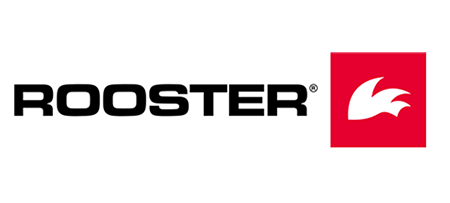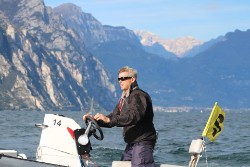
Welcome to the International Class Association website for the RS Aero. Here you will find all there is to know about the RS Aero including the latest news, how to register your boat, and links to relevant documents.
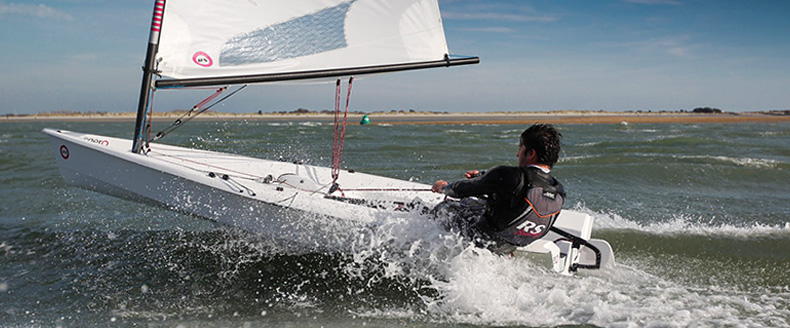
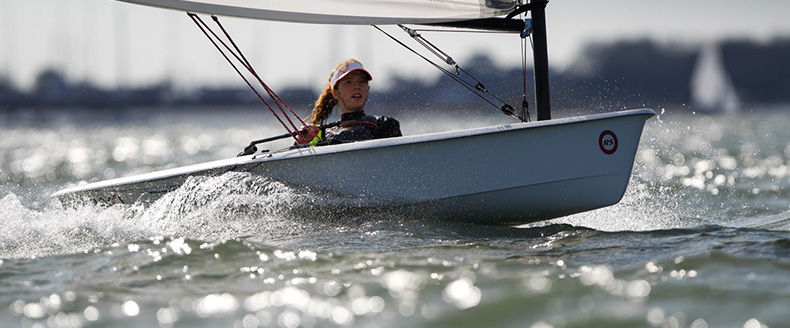
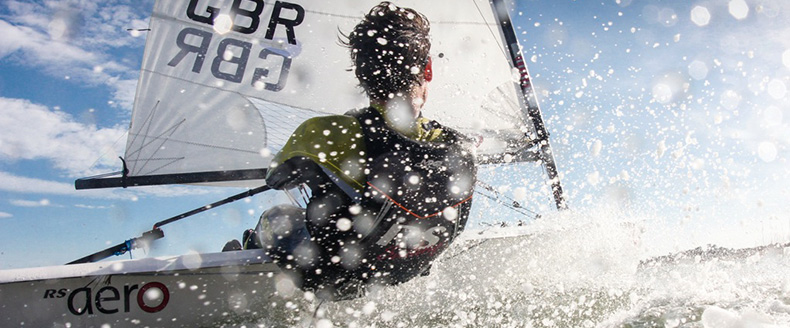
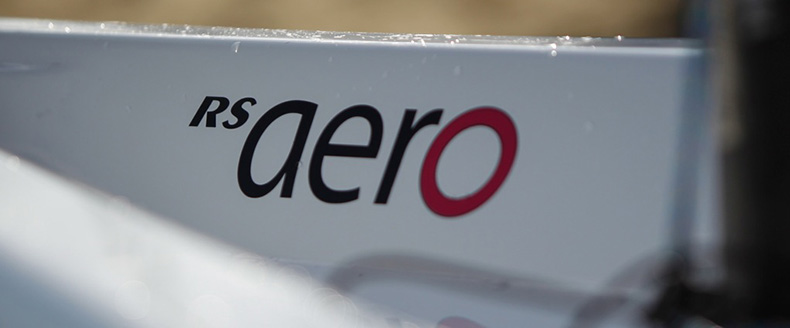
| Home >> Top Tips >> TopTip2020 #13 - Running S-Turns - by Michael OBrien, AUS |
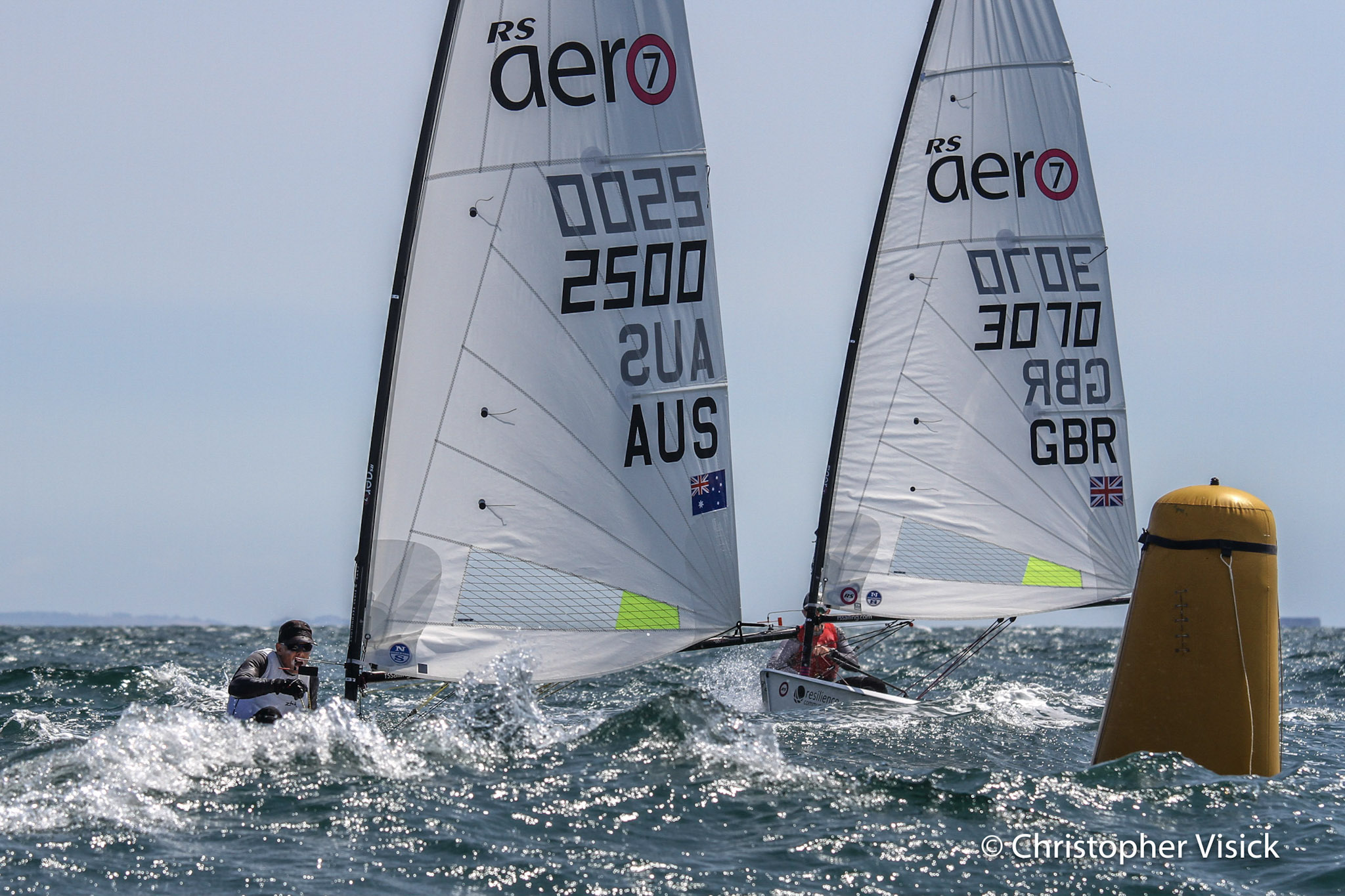 TopTip2020 #13
TopTip2020 #13 Running S-Turns
by Michael O'Brien, AUS
Michael O'Brien has lots of top level RS Aero experience. He started RS Aeroing as one of the first sailors in the red hot Seattle fleet in the USA before returning to his Australian homeland to join the large bubble of Melbourne RS Aeros, where he finished 5th RS Aero 7 at the recent RS Aero World Championship in Australia. Before the RS Aero Michael was a long term Laser sailor and, ever analytical, he knows a few things about how to sail fast down a run.
Thanks to Michael for sharing today's Top Tip on Running S-Turns;
'When sailing your RS Aero downwind, it is usually faster to sail an angle, either by the lee or by a broad reach than it is to sail dead-downwind. Sailing an angle allows the wind to flow over your sail and to increase your apparent wind speed. Especially in waves, it is essential to learn how to sail angles downwind, often called “S” turning.
After doing a fantastic upwind leg, it can be very frustrating to turn around the windward mark and see other boats carving S turns and sailing away from you. So how do you learn to dance your S-turns?
I’ve found the best way to learn is to go out in flat water and 8-10 knots of breeze and practice your turns without worrying about waves, other boats and whether the turns are legal or not under rule 42.
S turns are slow if you use your rudder, so you need to get comfortable turning the boat by letting it roll. You need to let the boat heel to leeward when you start your “up-turn” onto a broach reach. Similarly, you need to get comfortable letting the boat heel to windward when initiating your “down-turn” to go by the lee. Doing this, you will use very little rudder and be much faster.
Practice this in flat water and lighter breeze. This is the way to learn how to do smooth rolls and where the balance limits of the boat are, before you start to death-roll or round up. You can learn this most quickly, by exaggerating your turns until you learn the balance of the boat. Once you’ve mastered this in light air and flat water, try it out in bigger breeze, waves and in a race. Practice will then eventually give you the confidence to continue to push hard and make gains on a run as conditions become increasingly fruity.'
Reply
05/04/2020 23:43:00
Peter Barton
Posts: 4692


